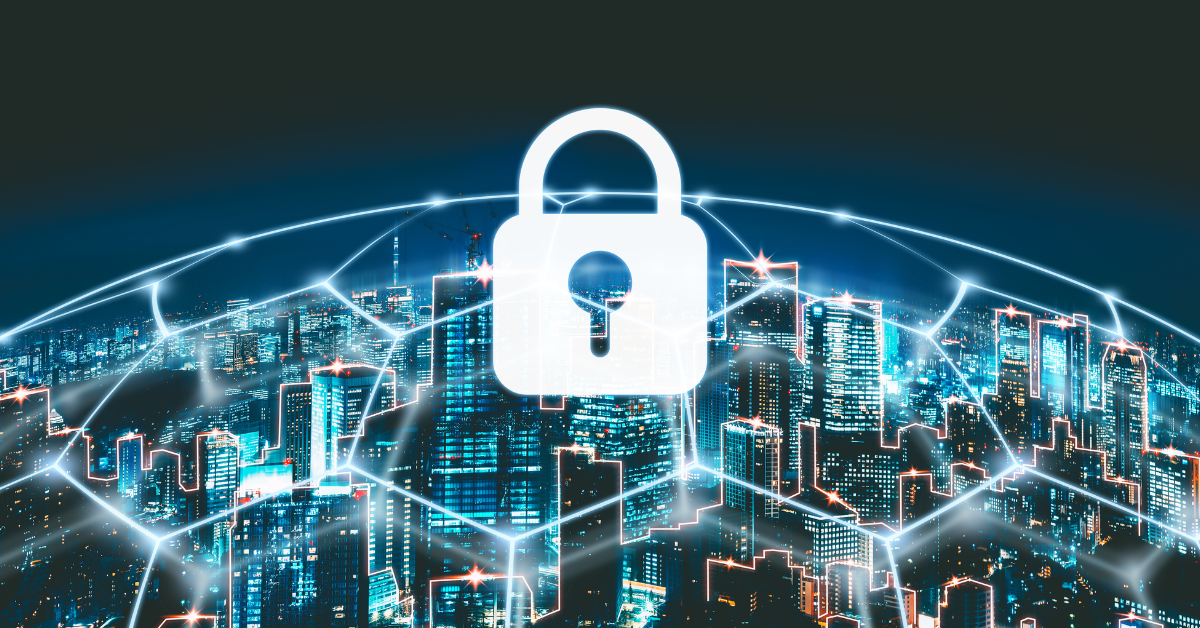How Can Companies Learn From the Worldwide Business Interruption that crippled 75% of the top healthcare organizations, banks and Fortune 500 companies?

More than $5 billion in losses and over 5000 cancelled flights tell us in no ambiguous terms that the world has some strong lessons to learn from the global incident that crippled over 8.5 million Windows machines and forced IT workers to manually access and fix each one by hand in what has been called the biggest outage in history.
In the ever-evolving landscape of cybersecurity, the recent CrowdStrike outage has sent ripples through the industry, reminding companies of the vulnerabilities that can disrupt operations on a global scale. This isn't the first time we've witnessed such an event under the same leadership. In 2009, a similar incident occurred, but this time, McAfee was the culprit. As history repeats itself, it raises important questions about predictability, prevention, and preparedness.
A Recurring Theme: Leadership and Outages
The 2009 McAfee incident serves as a stark reminder that even the most established cybersecurity firms are not immune to catastrophic failures. Under the same leadership, McAfee experienced an outage that impacted numerous organizations worldwide. Fast forward to the present, and CrowdStrike's recent outage echoes a familiar refrain. This recurrence suggests a need to scrutinize leadership decisions and the systemic issues that may contribute to such failures.
Predicting the Unpredictable: Could This Have Been Foreseen?
The question on many minds is whether such outages could have been predicted. While hindsight offers clarity, foresight in cybersecurity remains a complex challenge. However, certain red flags and patterns can provide early warnings. For instance, consistent investment in infrastructure, regular audits, and stress tests are critical. Companies must also foster a culture of transparency, encouraging the reporting and swift addressing of potential vulnerabilities.
Moreover, leveraging AI and machine learning can enhance predictive capabilities. Advanced analytics can identify unusual patterns and anomalies, offering preemptive insights into potential disruptions. Although prediction is not foolproof, integrating these technologies can significantly mitigate risks.
Prevention and Preparedness: Lessons for Companies
So, what can companies do to prevent and prepare for such outages and disruptions? Here are some actionable steps:
1. Invest in Robust Infrastructure
- Ensure that your IT infrastructure is scalable and resilient. Regularly update and patch systems to guard against known vulnerabilities.
2. Implement Comprehensive Monitoring
- Deploy advanced monitoring tools that utilize AI and machine learning to detect anomalies in real-time. Continuous monitoring can provide early warning signs of potential issues.
3. Conduct Regular Audits and Stress Tests
- Perform regular security audits and stress tests to evaluate your system's ability to withstand various attack scenarios and operational stresses.
4. Develop a Crisis Management Plan
- Have a detailed crisis management plan in place. This should include clear protocols for communication, damage control, and recovery in the event of an outage.
5. Foster a Culture of Security
- Encourage a company-wide culture of security. Regular training and awareness programs can help employees recognize and respond to potential threats.
6. Collaborate with Industry Peers
- Engage in information sharing with other companies in the industry. Collaborative efforts can lead to a stronger, collective defense against common threats.
7. Leverage Redundancy and Backups
- Ensure that critical systems have redundancy and backup solutions in place. This can minimize downtime and data loss during an outage.
8. Stay Informed About Emerging Threats
- Keep abreast of the latest developments in cybersecurity threats and trends. This knowledge can inform your preventative measures and response strategies.
To gain further insights into how companies can navigate these challenges, watch this video by Claudiu Popa, CEO of Informatica. In this video, Claudiu discusses the importance of robust cybersecurity measures and how companies can better prepare for and mitigate the impact of outages.

Conclusion
The CrowdStrike outage, much like the McAfee incident in 2009, serves as a poignant reminder of the vulnerabilities inherent in our digital age. While predicting such events remains a challenge, companies can take proactive steps to fortify their defenses and prepare for potential disruptions. By investing in robust infrastructure, leveraging advanced monitoring tools, and fostering a culture of security, organizations can navigate the complexities of cybersecurity and emerge stronger in the face of adversity.As we move forward, let these lessons guide us towards a more resilient and secure digital future.

